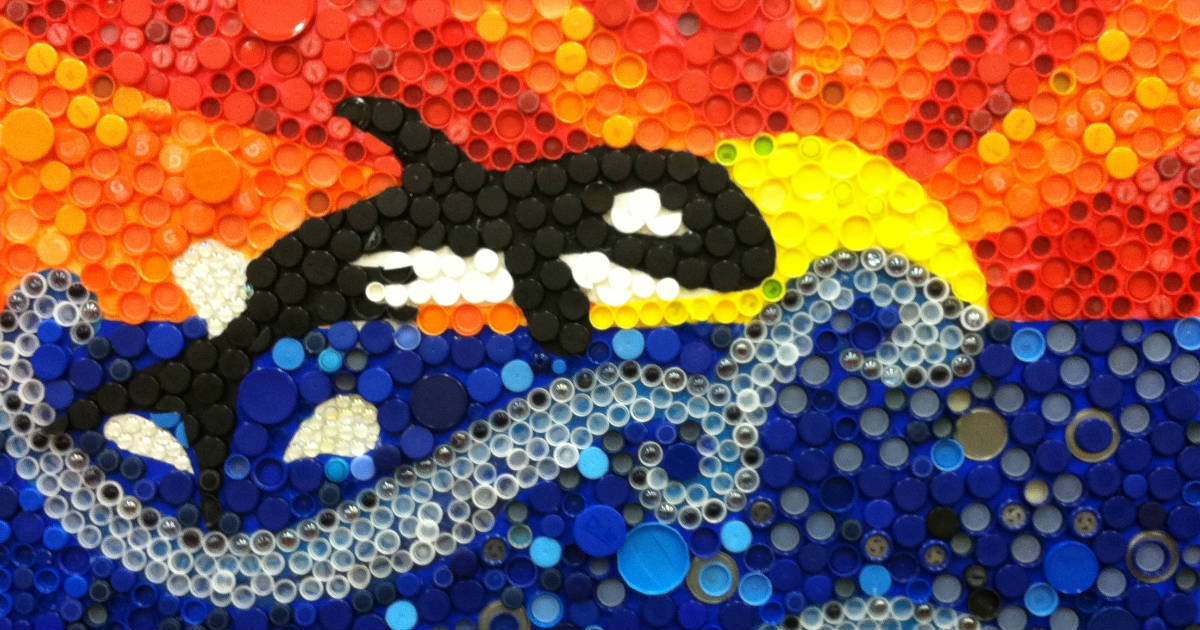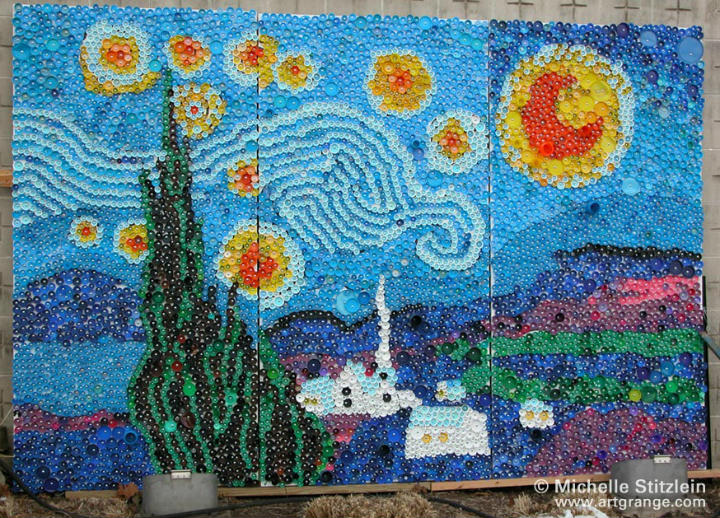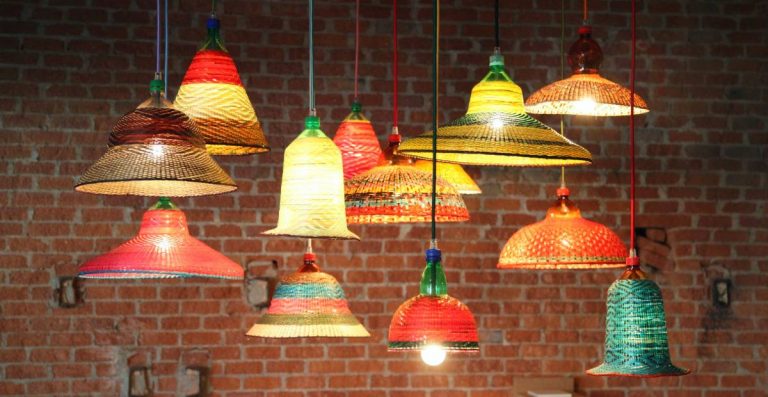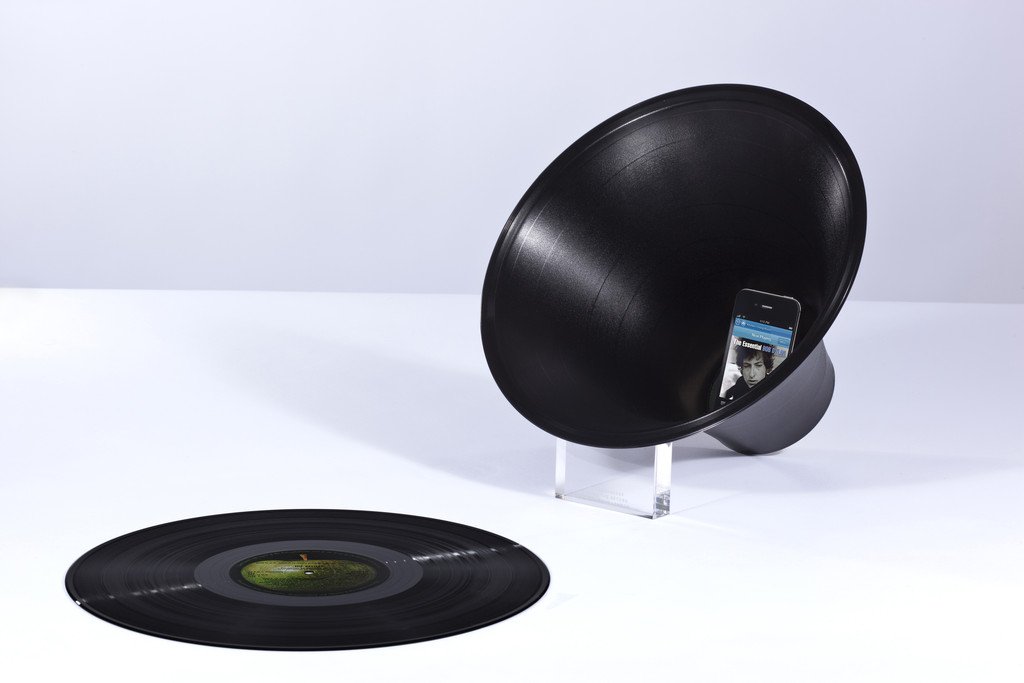Anúncios
The use of plastic bottle caps in creative activities has become an increasingly common trend in schools, workshops and educational projects. In addition to encouraging recycling and the conscious use of materials, this type of activity promotes the development of artistic skills and stimulates creativity. In this article, we will explore how to transform plastic bottle caps into art and teach children the importance of sustainability in a fun and educational way.

Why Make Art with Plastic Caps?
Plastic bottle art is more than just a creative exercise. It also provides an opportunity to educate children and the community about the importance of recycling and preserving the environment. Plastic bottle caps are small items that can have a huge environmental impact if disposed of incorrectly.
Benefits of Working with Plastic Caps:
By reusing plastic lids, we are helping to reduce waste that could otherwise end up in landfills or oceans, promoting sustainability. In addition, this process allows children to develop their motor and creative skills, as they learn to work with shapes and colors.
Working with plastic lids also opens up discussions about the environmental impact of plastic use, highlighting the importance of reducing, reusing and recycling. This helps students gain a deeper understanding of environmental awareness.
Furthermore, these activities can be carried out in any school environment, being accessible to all levels of education and adaptable according to the available resources.

Materials and Preparations for the Project
To start an art project with plastic lids, you need to gather a variety of simple and easily accessible materials. One of the main goals of this type of activity is to use materials that would otherwise be discarded and transform them into something new and beautiful.
Materials Needed:
- Plastic lids of different colors and sizes.
- Mounting surface (table, floor or wooden panel).
- Glue (the type of glue may vary depending on the chosen surface).
- Paper, fabric or other base material for the mosaic.
- Scissors (to make adjustments to the lids if necessary).
Before starting, educators can propose an activity to collect bottle caps in the community. This way, everyone gets involved, and the amount of bottle caps will be more than enough for the project.
How to Create Mosaics with Plastic Lids
One of the most popular ways to use plastic lids is to turn them into mosaics. Creating mosaics allows students to express their creativity through shapes and colors, creating everything from simple designs to complex compositions.
Step by Step to Create a Mosaic:
- Design Planning: Define the theme of the mosaic. It could be an abstract design, a landscape, or even a representation of a topic studied in class, such as nature or recycling.
- Choosing Lids: Separate the lids by color and size. This makes it easier to organize them while creating the mosaic.
- Assembly: Start arranging the lids on the chosen surface, forming the design. Make adjustments and test different combinations before gluing the pieces together.
- Fixation: Use the appropriate glue for the type of surface where the mosaic will be mounted. Make sure that the glue does not compromise the recyclability of the lids.
- Finalization: Let the mosaic dry completely and, if necessary, touch up with paint or additional materials to bring the project to life.
Mosaics can be created temporarily or permanently. One interesting suggestion is to create temporary mosaics on tables or the floor, allowing the project to be dismantled and the lids reused for other activities or for recycling.
Sustainability in the Classroom: A Necessary Reflection
Using plastic bottle caps as an educational tool also opens up important discussions about the environmental impact of plastic use. While creating art with bottle caps is a form of reuse, it is essential that students understand the life cycle of these materials and the challenges associated with recycling.
Important Reflections:
Start by discussing with students the origins of plastic, explaining that it is made from finite natural resources, such as petroleum, and the environmental impact of its production. Then, teach them about the importance of responsible disposal, emphasizing the need to properly dispose of plastic caps and how the accumulation of these small caps can become a major environmental problem.
Additionally, creating temporary art can serve as a lesson in the impermanence of things. By dismantling a mosaic and recycling the lids, students learn that everything in life is cyclical and that material can be transformed into something new.
Alternative Projects with Plastic Lids
In addition to mosaics, there are a variety of other projects that can be created with plastic lids. These projects are versatile and can be adapted for different ages and skill levels. Here are a few ideas:
Other Plastic Lid Art Ideas:
Instead of creating individual mosaics, the class can work on a large collective mural using bottle caps. This mural could represent a landscape or convey a message about sustainability.
Another idea is to use holed lids tied with string to make decorative curtains, which can add a creative touch to your space. You can also glue lids to a fabric or rubber base to create colorful and durable rugs.
Smaller lids can also be turned into utility pieces, such as coasters or trivets, offering a practical and decorative way to protect surfaces.
These projects not only help reuse plastic caps, but also encourage students to find new ways to reuse other discarded materials at home.
Uniting Creativity and Environmental Awareness
Using plastic caps in art projects goes beyond a simple creative exercise. It transforms the classroom into a space for environmental awareness, where students learn, in a practical way, the importance of recycling and reusing materials. These projects, in addition to being fun, contribute to the formation of more environmentally conscious and responsible citizens.
Creating art with plastic lids is not only an educational activity; it is also a way to show that small gestures can make a big difference. Teamwork, creativity and reflection on sustainability are just some of the many benefits that this activity can provide.
Now that you know how to use plastic caps in a creative and sustainable way, how about getting your hands dirty and bringing this idea to your school or community? Share this experience and help spread the word about the importance of conscious consumption and recycling!
Did you like the content? Share it with other educators and artisans and encourage more people to be part of this creative and sustainable movement!
Check out other interesting facts about recycling clicking here.
Learn how to make art by recycling, Click here.




